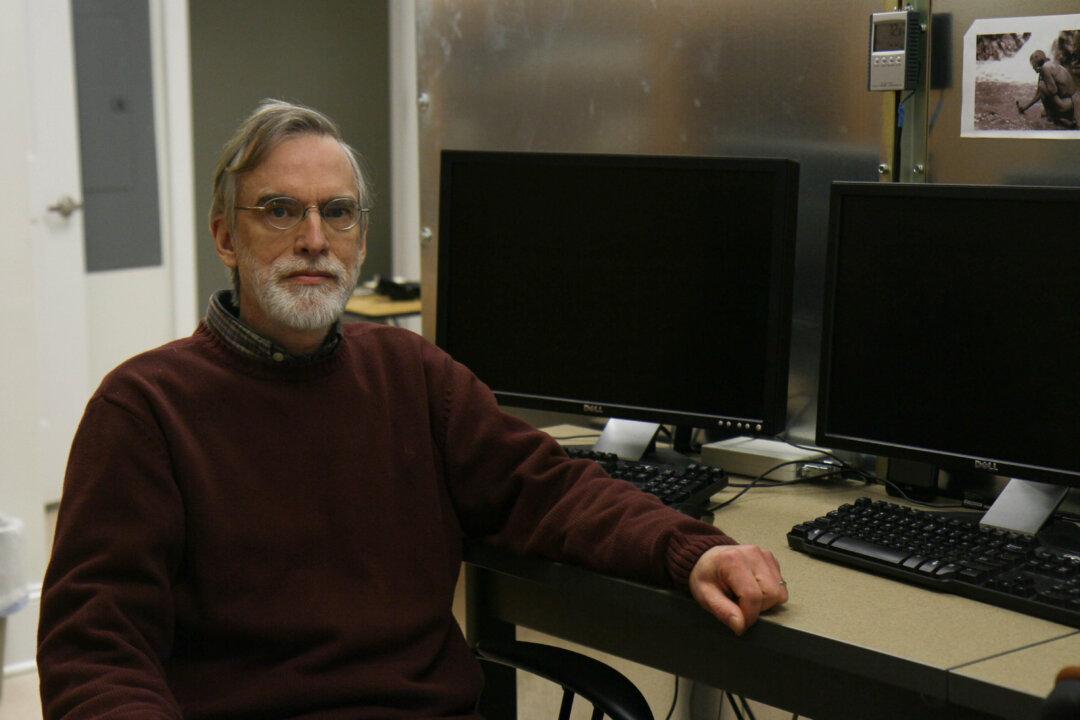CHARLOTTESVILLE, Va.—Exuding mysterious and strange forces from one’s mind to bend a spoon or otherwise affect a physical object has long seemed to many a rather unscientific pastime. But in a state-of-the-art lab at the University of Virginia’s Division of Perceptual Studies (DOPS), psychokinesis isn’t a sensationalized magic-show talent. Its subtle forms are studied and scientifically measured in various ways.
Dr. Ross Dunseath, an electrical engineer, has made advances in fine tuning novel sensors that can pick up on psychokinetic forces. His instruments are also able to measure physiological changes in people performing psychokinesis tasks. His research partner, Dr. Ed Kelly, a Yale- and Harvard-educated psychologist and neuroscientist, has studied psi phenomena since the 1970s (Psi refers to any psychic phenomenon, such as psychokinesis, telepathy, or clairvoyance).





